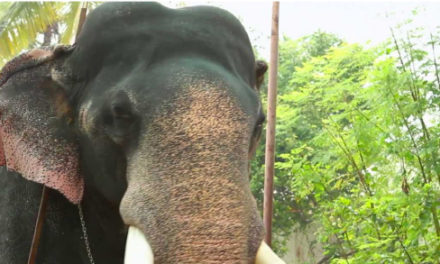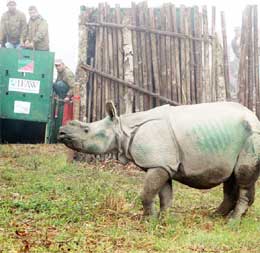
Aboriginal owners ban climbing Australia’s sacred Red Rock (AYERS Rock)

Aboriginal owners ban climbing Australia’s sacred Red Rock (AYERS Rock)
As the first rays of sunlight hit Uluru, Australia’s most famous rock of sandstone glows a deep scarlet red against the orange-blue sky. This beautiful monolith has visitors from all over the world coming to climb its pinnacle. However,from October next year climbing the big red rock, that has become the global icon of the Australian Outback, is said to be banned.
The decision to impose such a ban was taken unanimously by the Board Members of Uluru-Kata Tjuta National Park. The outlawing of this climb is mainly to mark a shift from the previous policy of begrudging toleration and strongly-worded appeals to discourage climbing it, out of respect for indigenous wishes.
If it were left up to the Anangu people, a group of the local Aboriginal tribes that are the traditional owners, no tourists would have even been allowed to climb it. This rock has been a long standing sacred site in the Anangu culture, for reasons not explained by them to uninitiated outsiders.
The Anangu people were given back the control over the monolith, formerly known as Ayers Rock in 1985. But, the tradition of climbing Uluru had been established from even before then, against the wishes of this tribe. In 1948, an access road was constructed, while the Ayers Rock National Park was established in 1950. Visitors came all the way from Central Australia to climb the apex of the magnificent rock. The banning of the climb has instilled a fear of losing a major source of income among the local indigenous communities.
In 1985, the Anangu people leased the Uluru-Kata Tjuta National Park to the Australian parks and wildlife service for 99 years, on the condition that the public would have continual access to it. This led to 75% of visitors climbing Uluru, thus keeping it open throughout.
Over the years, a twin strategy has been established to bring that percentage lower. The first pillar of this was active discouragement with signs being put up, requesting the visitors to respect the Anangu’s wishes by not climbing the sacred rock. The second was concerted efforts towards making travel agents and tour operators to ask the visitors not to climb it.
This has been combined with an initiative to ensure that there were more interesting things to do at Uluru, other than panting all the way to the top of the rock. A 10.6 kilometre walk around the rock has given a fascinating opportunity for tourists to see Uluru’s many rich wonders such as its gullies of vegetation, cave like overhangs, giant pockmarks and strangely compelling rounded bulges.
Source: adventure.com












